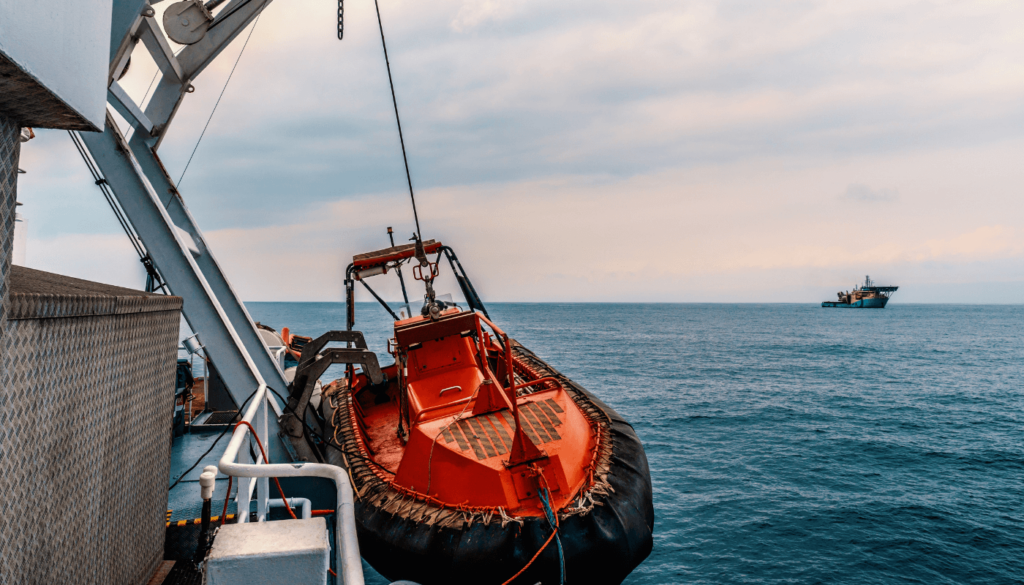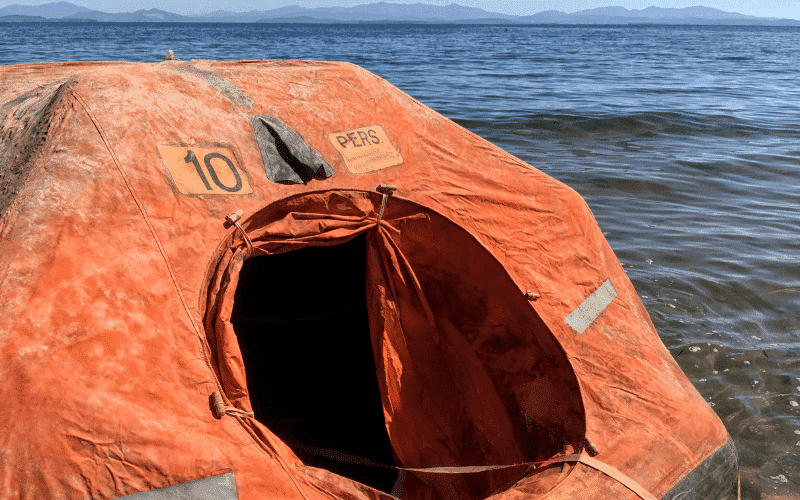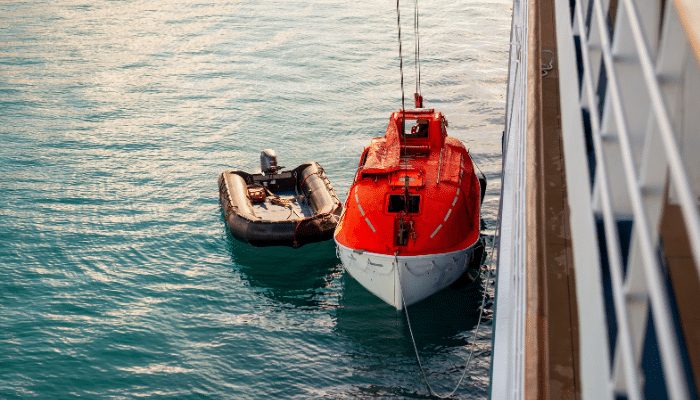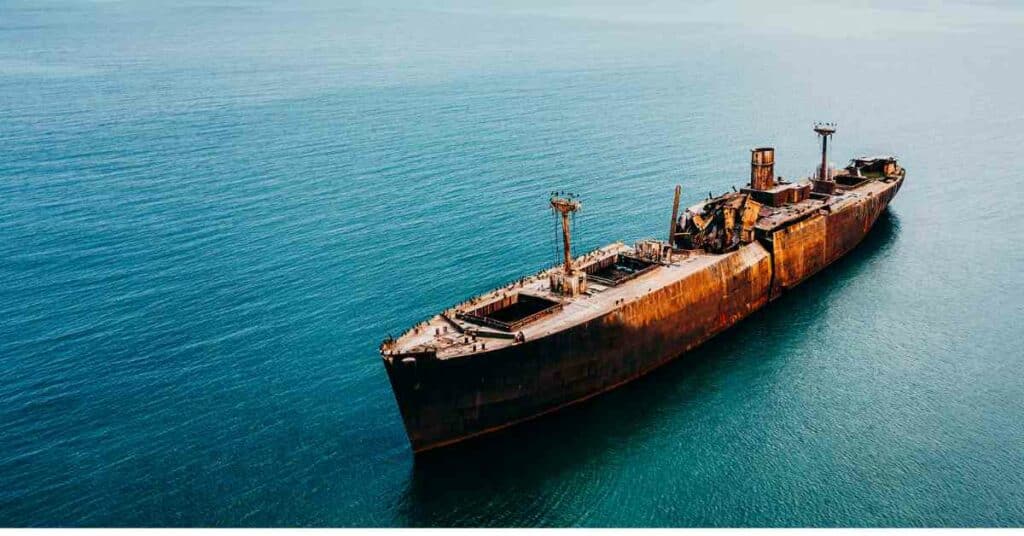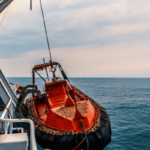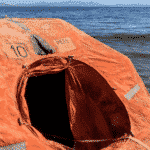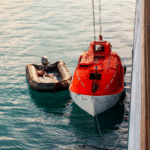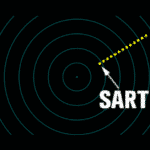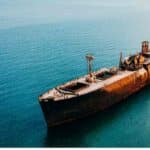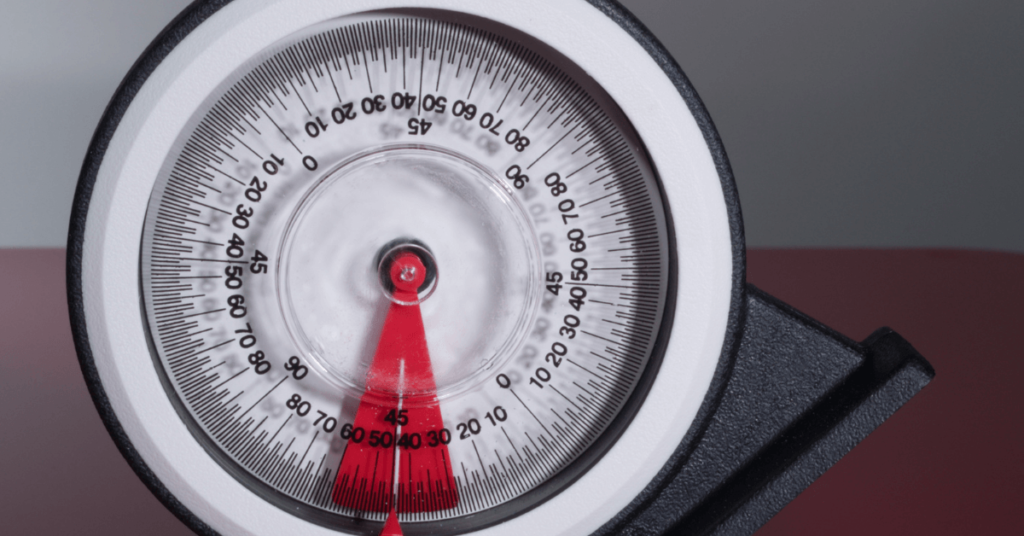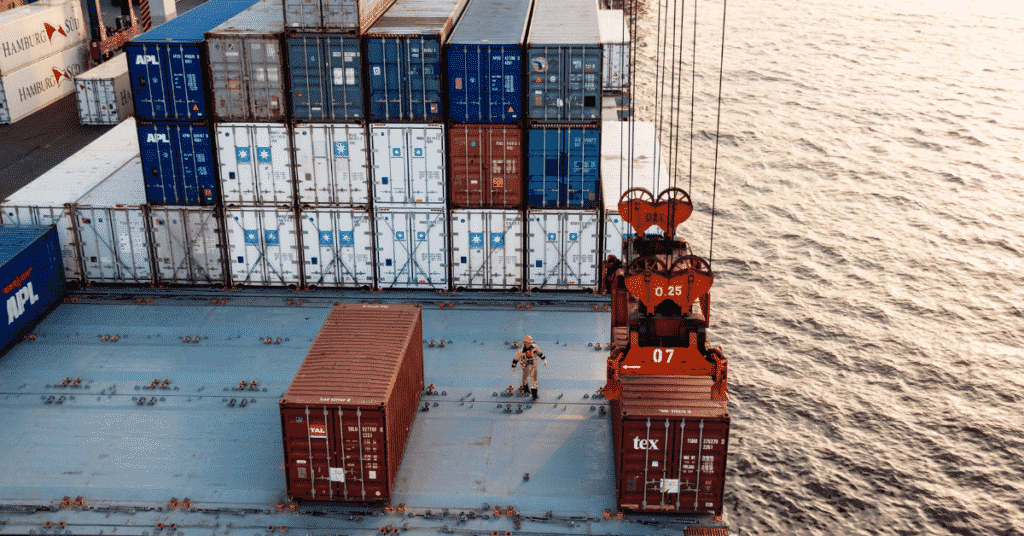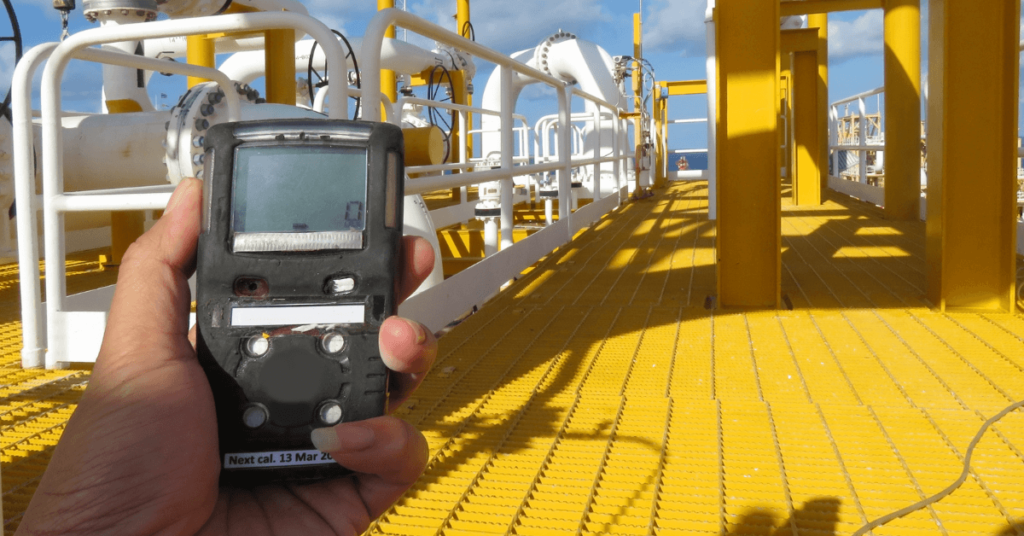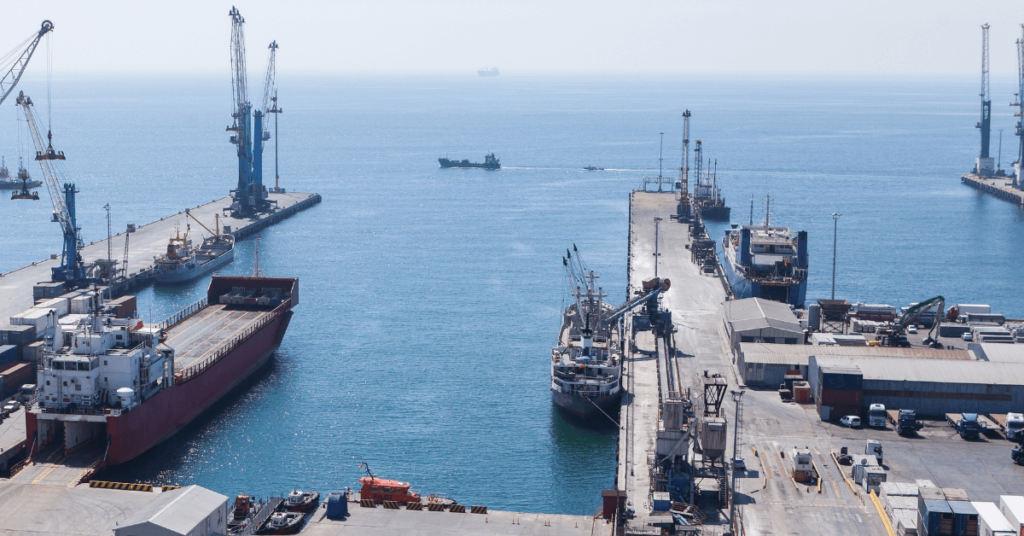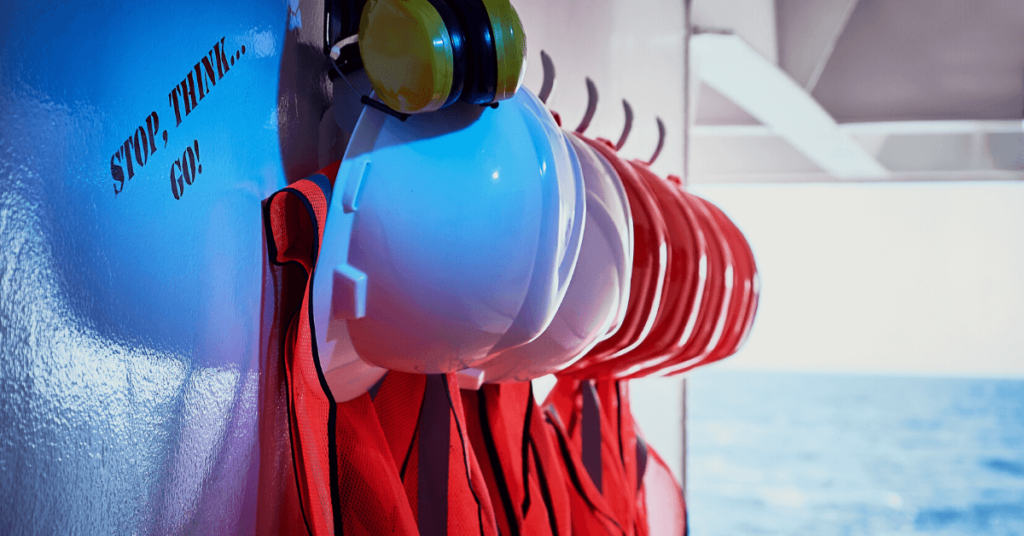A Brief Introduction to Survival Radios
Survival radios are radios for communication which help ships and ships’ crew during emergencies. A survival radio forms one of the most essential parts of the survival tools of the marine industry. The emergency radio operation is approved internationally under the Global Maritime Distress Safety System.
An Emergency radio is mainly used to send signals to international radio channels or frequencies. The survival radio came into application in the marine industry after the Titanic incident in 1912. From that time onwards, the technology of survival radios has been constantly developing and improving.
As survival tools, in the early days, Morse code was transmitted over the survival radio frequencies at the time of emergencies. But the survival radios of that time were limited by accessibility problems over long distance areas. This is why the VHF radio technology was adopted into the survival radio system at the time of World War II.
However, in today’s times the technology of survival radios has developed even further. Survival radios are built-in with GPS (Global Positioning System) so as to enable the person receiving the emergency signal to correctly pinpoint where the ship sending the distress signal is located on the water.
In addition to the GPS fitted in the survival tools, other modern technologies are also equipped in the survival radios. Two of the other technologies include a Distance Measuring Equipment and communicators which can be used with the help of satellites.
Applying the technology of survival radios to a ship is advantageous especially if the ship’s route is tricky and through dangerous waters. Dangers include not just unpredictable winds, tides and currents but also the threat of pirates.
The threat of piracy has increased manifold in present times. By using survival radios as survival tools, the crew of the ship can effectively alert not just other ships about the danger but also indicate the coast guard about the location and position of the threat in the water.
Survival radios are not very expensive. They are moderately priced between US $ 30 -50. In fact the cheapest emergency radio is priced around US $ 7.
Survival radios have been a part of the marine industry for some decades now and the major features – efficiency and reliability make the emergency radio very popular in the present era. Even in the days to come, with multiple developments in the marine communication technology, the survival radios will continue to be the best.
LINKS:
The survivalzone
You may also like to read – What are SSB Radios?
Image Credit
Fm2way
Mp-cdn
Do you have info to share with us ? Suggest a correction
Latest Ship Safety Articles You Would Like:
Subscribe To Our Newsletters
By subscribing, you agree to our Privacy Policy and may receive occasional deal communications; you can unsubscribe anytime.



